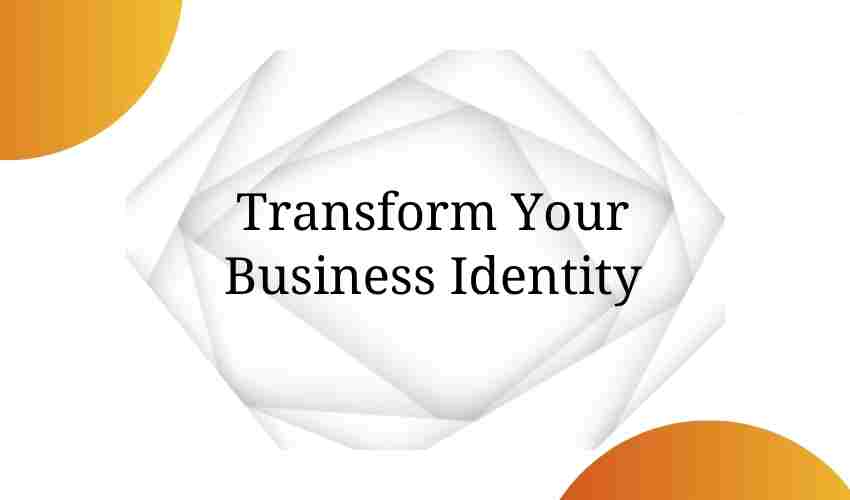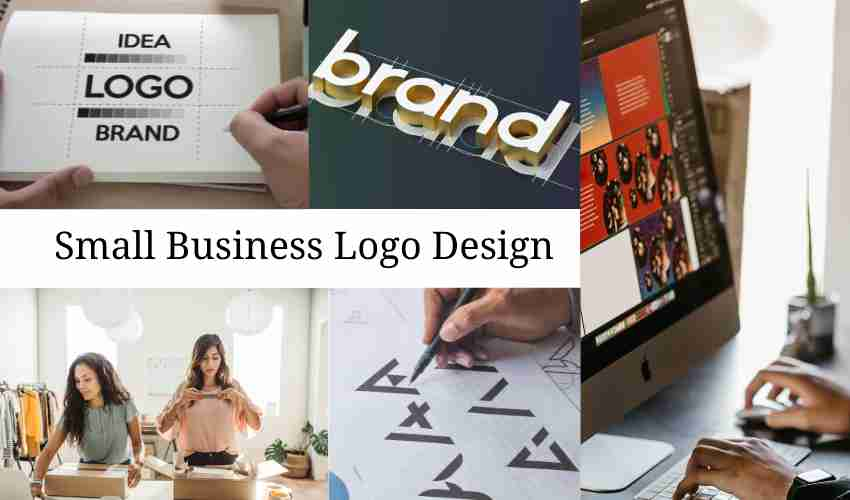Establishing a brand identity is critical for organizations looking to boost revenue and client reach. Let’s get one thing clear: the logo and website are not the brand. A brand is the sum of people’s experiences, perceptions, and reputations of company services. Importance of good logo is immense. Branding refers to the actions we take to develop a brand (strategy). And a brand identity is the physical manifestation of a brand.
A logo is likely to be one of the first experiences customers have with any company, and it’s our chance to make a good first impression, demonstrate that we provide high-quality service, and visually communicate the company’s mission. In this article, we’ll explore why a well-designed logo is essential for small businesses and the key elements that make a logo truly effective.
Table of Content
- The Importance of a Logo for Small Businesses
- What Qualities Identify an Excellent Logo?
- Aspects of an Excellent Custom Logo
- How a Strong Logo Impacts Business Growth
- Final Thoughts: Investing in a High-Quality Logo
The Importance of a Logo for Small Businesses
First Impressions Matter
A logo is often the first thing people notice about a business. Whether it’s on a website, social media, business card, or storefront, a logo instantly communicates a business’s professionalism and credibility. A poorly designed logo can make a company look unreliable, while a well-thought-out logo builds trust and invites customers in.
Helps Build Brand Recognition
Consistency is key in branding, and a logo is the cornerstone of brand recognition. When customers repeatedly see a strong, well-designed logo, they begin associating it with a business’s products and services. A memorable logo helps establish brand loyalty over time.
Sets a Business Apart from Competitors
Small businesses often operate in highly competitive markets. A unique and visually appealing logo can help a business stand out from competitors and establish a distinct identity. When designed strategically, a logo communicates a business’s values, mission, and industry expertise in a matter of seconds.
Enhances Marketing Efforts
A well-designed logo makes marketing materials more effective. Whether on social media, advertisements, or packaging, or any other graphic design project a strong logo reinforces a business’s presence and strengthens brand recall. Customers are more likely to engage with marketing materials when they recognize a familiar and trustworthy brand.
Establishes Credibility and Trust
A polished and professional logo signals quality and reliability. Consumers are naturally drawn to businesses that appear credible and established. A weak or generic logo may suggest a lack of professionalism, making potential customers hesitant to engage.
What Qualities Identify an Excellent Logo?
Relevance to Industry and Service
A great logo aligns with the nature of the business. Whether it’s a playful design for a children’s brand or a sleek, minimalistic logo for a law firm, a logo should reflect the company’s industry and services.
Simplicity is Key
For professional services, simpler is usually better. Overly complex designs can be distracting and difficult to recognize. Clean, straightforward logos are easier to remember and more effective in building brand recognition.
Embedded Meaning
A logo should tell a story. It should be designed with meaning, incorporating elements that reflect a company’s belief system, values, mission, and vision. The best logos create an emotional connection with the audience.
Aspects of an Excellent Custom Logo
Selecting a Typeface That Reflects Company Values
Typography plays a crucial role in logo design. The choice of fonts and their arrangement can influence how people perceive a brand.
- Serif fonts (e.g., Times New Roman) convey tradition and trust.
- Sans-serif fonts (e.g., Arial, Helvetica) feel modern and clean.
- Script fonts (e.g., Brush Script) suggest elegance and creativity.
The right font can build trust, spark curiosity, and instill confidence in a brand.
Choosing Colors Wisely
Colors evoke emotions and influence purchasing decisions. Studies show that consistent use of color increases brand recognition by up to 80%. Different industries tend to favor specific colors:
- Blue (banks, tech companies) – Stability, trust
- Red (fast food, entertainment) – Energy, passion
- Green (eco-friendly brands, health) – Growth, wellness
- Yellow (hospitality, optimism) – Cheerfulness, friendliness
The right color palette ensures that a logo aligns with the target audience’s expectations.
Incorporating a Simple Iconic Piece
While 72% of top brand names are made up of words or acronyms, logos often include visual elements such as icons, symbols, or abstract graphics. A strong visual component:
- Enhances brand recall
- Captures attention
- Communicates brand identity within seconds
An effective business logo icon should be distinctive and easy to recognize.
Adding a Tagline
A tagline reinforces a brand’s identity and message. Placed below the logo, it acts as a memorable catchphrase that clarifies what a company does.
For example:
- Nike – “Just Do It”
- McDonald’s – “I’m Lovin’ It”
- L’Oréal – “Because You’re Worth It”
While a tagline isn’t always necessary, it can strengthen a brand’s message and attract customers.
How a Strong Logo Impacts Business Growth
Builds Customer Loyalty
A recognizable logo fosters customer trust and loyalty. When people identify with a brand, they are more likely to return for repeat business.
Increases Customer Engagement
A logo that is visually appealing and meaningful encourages engagement. Whether through social media, packaging, or advertising, customers are more likely to interact with a brand that has a strong visual identity.
Boosts Word-of-Mouth Marketing
Customers often share businesses they trust with friends and family. A distinctive and well-designed logo makes businesses more shareable and easier to recommend.
Improves Online Presence
In the digital age, a company’s logo is often displayed on websites, social media, and marketing materials. A high-quality logo enhances a brand’s online presence and attracts more potential customers.
Supports Business Expansion
As a company grows, a well-established logo ensures brand consistency across new locations, products, and services. Strong branding lays the foundation for long-term success.
Final Thoughts: Investing in a High-Quality Logo
For small businesses, a well-designed logo is more than just a symbol – it’s the foundation of brand identity. Investing in a professional, meaningful, and visually appealing logo can significantly impact brand recognition, customer trust, and long-term success.
A great logo communicates who you are, what you do, and why it matters – all within a single image. Whether launching a new business or rebranding an existing one, prioritizing logo design can be a game-changer for small business growth.



